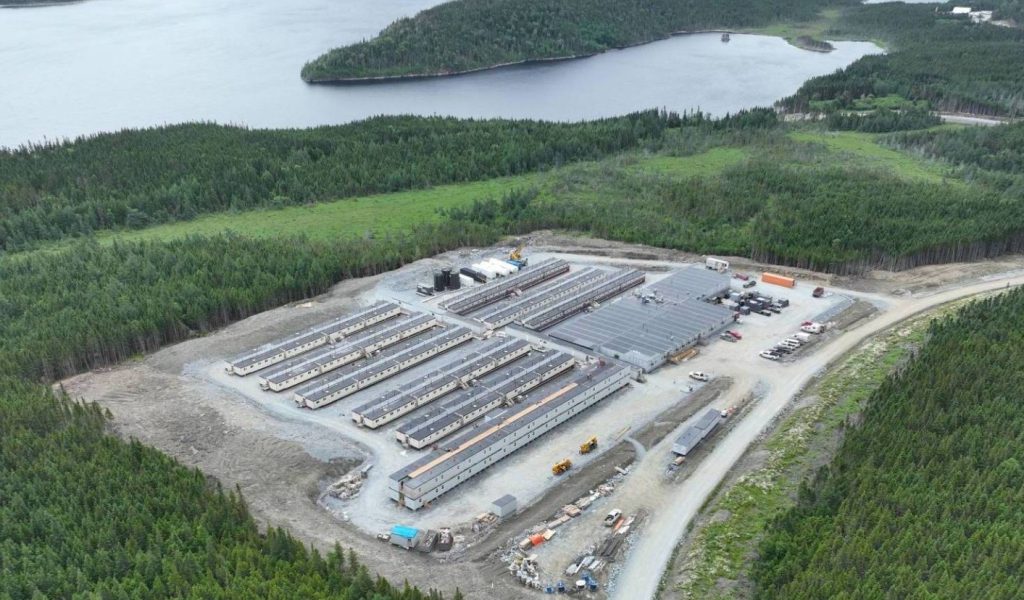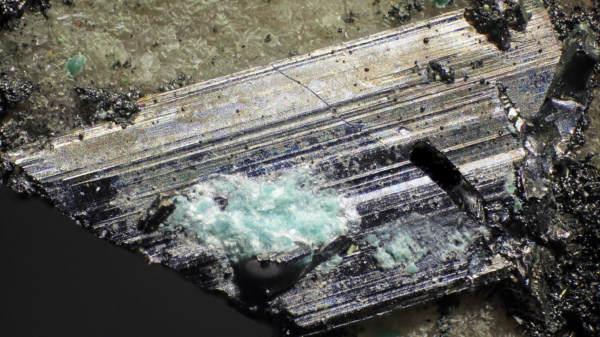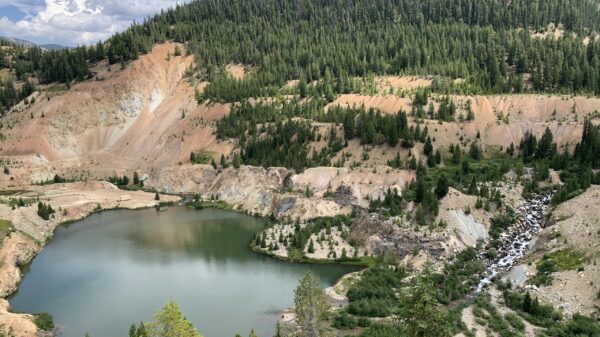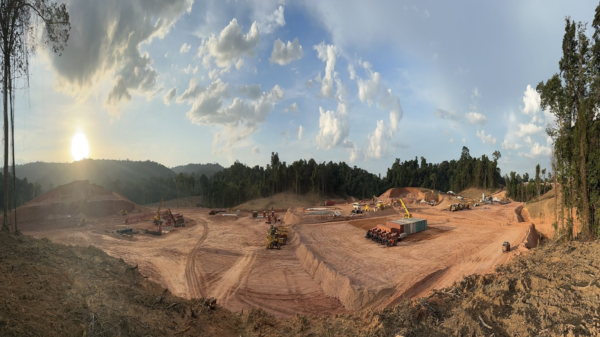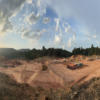The U.S. government’s approach to critical minerals has evolved significantly in recent years, driven by national security concerns and the need to secure domestic supply chains. Traditionally, critical minerals were defined as those essential for economic or national security, with a high risk of supply chain disruption. However, the Trump administration expanded this definition to include metals like lithium and antimony, recognizing their importance in technologies such as electric vehicles, renewable energy systems, and defense applications. This broader classification aims to reduce dependence on foreign sources, particularly countries that dominate the supply of key minerals.
In response to these challenges, the U.S. government established the FAST 41 program under Title 41 of the Fixing America’s Surface Transportation (FAST) Act. The program is designed to streamline the federal permitting process for infrastructure projects, including mining operations, by improving coordination among federal agencies and providing clearer timelines for environmental reviews. This expedited process benefits project sponsors by reducing delays and uncertainties, facilitating the development of critical infrastructure projects. Participation in FAST 41 is voluntary, but it offers significant advantages for projects that meet the eligibility criteria.
The FAST 41 program has already been applied to several mining projects, reflecting the government’s commitment to enhancing domestic production of critical minerals. As the demand for these materials continues to grow, the program is expected to play a crucial role in supporting the development of new mining projects, ensuring a reliable and secure supply of essential minerals for the United States. Here are four companies that have already received the designation, and a few that could see it in the future.
Equinox Gold
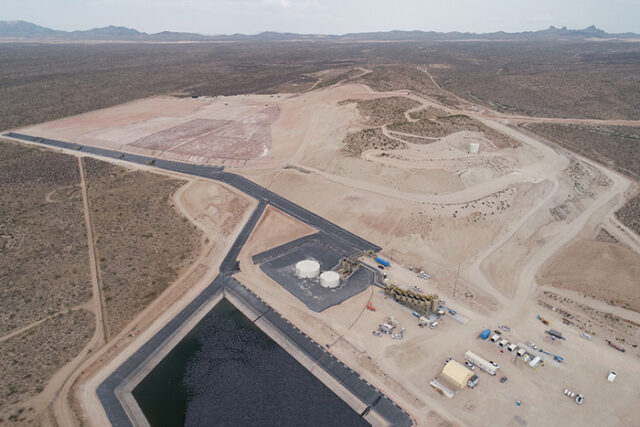
The Castle Mountaine expansion. Image via Equinox Gold.
Equinox Gold Corp’s (TSE: EQX) (NYSEAMERICAN: EQX) (FRA: 1LRC) Castle Mountain Phase Two project in California has been accepted into the U.S. government’s FAST-41 program, marking a significant milestone for the company. For Equinox, the streamlined environmental reviews and permitting for major infrastructure projects means faster timelines, greater transparency, and improved coordination among federal and state agencies.
The Castle Mountain expansion lies in San Bernardino County, about 200 miles north of the company’s Mesquite Mine. Equinox expects the permitting process to conclude by December 2026, giving the company a clear roadmap for development. The proposed expansion could produce roughly 200,000 ounces of gold per year over a 14-year mine life, totalling about 3.2 million ounces. That production would more than double the mine’s earlier output and strengthen Equinox’s position as a mid-tier gold producer in North America.
The company originally acquired Castle Mountain in 2017 and restarted limited production in 2020. Phase Two will expand the heap-leach operation and require updates to the mine’s environmental impact report. However, the project remains within its existing boundary, which could simplify the permitting process.
Additionally, inclusion in FAST-41 offers strategic benefits beyond permitting speed. It signals that the U.S. views the mine as economically and regionally important. In addition, the program’s coordination framework allows Equinox to manage potential challenges such as water use and land disturbance with greater predictability.
Read more: NevGold’s latest Nevada drill results show exceptional gold mineralization
Read more: NevGold closes its Nutmeg Mountain acquisition with Goldmining for $3 million
Paramount Gold Nevada
Paramount Gold Nevada Corp.’s (NYSE: PZG) Grassy Mountain project in Oregon has also earned inclusion in the FAST 41 program.
This development marks a major step forward in the permitting process. Paramount aims to build an underground gold silver mine at Grassy Mountain. The FAST 41 designation will speed up federal permits, enforce fixed timelines, and improve coordination among agencies.
Grassy Mountain lies in Malheur County, eastern Oregon, on an 8,200 acre land package partly on private land. Paramount owns all private land at the deposit, giving them secure tenure. In the October 2022 Feasibility Study, the project showed annual production of about 47,000 ounces of gold and 55,000 ounces of silver over an initial life of 8 years. Grades are high: the study assumed ~6.5 grams per tonne gold and ~9.6 grams per tonne silver. Recoveries are also strong: approximately 92.8 per cent for gold and approximately 73.5 per cent for silver.
Costs per ounce are competitive. The life of mine all in sustaining cost (AISC) per ounce of gold is estimated at about US$815. Cash costs are lower, at about US$681/oz. The project’s economics include an after tax internal rate of return (IRR) of approximately 22.5 per cent, and net present value (discounted at 5 per cent) of about USD$114 million under a base case gold price of US$1,750/oz.
In addition, FAST 41 inclusion means the federal Environmental Impact Statement (EIS) must follow fixed schedules. The Bureau of Land Management issued a draft EIS in August 2025, and the Final EIS plus Record of Decision are expected by December 2025. State and local permitting have also made strong progress. For example, Oregon regulators approved Best Available Practicable and Necessary Technology (BAPNT) plans.
Hecla Mining
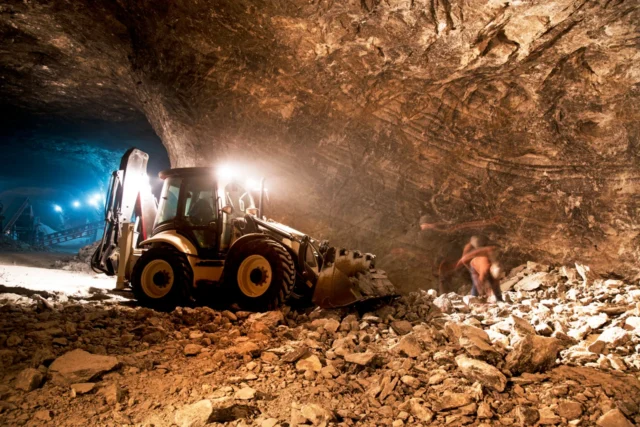
Hecla mining at the Libby Project. Image via Hecla Mining.
Hecla Mining Company (NYSE: HL) has reached a key milestone with its Libby Exploration Project in Montana by being included in the U.S. government’s FAST 41 program. This federal initiative aims to streamline permitting for critical mineral projects, making the process faster, more transparent, and better coordinated among agencies.
The Libby Project is a copper silver deposit located southwest of Libby, Montana. It contains a significant inferred resource, providing the potential for a long term mining operation. Inclusion in FAST 41 allows Hecla to advance underground exploration, gather detailed data, and plan future development with greater predictability.
In addition, the program ensures that federal environmental reviews follow clear timelines. This framework reduces uncertainty and helps Hecla manage regulatory requirements efficiently. The project can now move forward with coordinated oversight from multiple agencies, limiting delays that often occur with large-scale resource projects.
Hecla emphasizes responsible development. The company plans to conduct exploration while protecting the surrounding environment and respecting local communities. Furthermore, FAST 41 inclusion signals the project’s strategic importance to U.S. domestic supply of copper and silver, two critical minerals.
Consequently, Hecla gains both operational clarity and public credibility. The streamlined permitting process supports engineering, data collection, and financing decisions. Meanwhile, it positions the Libby Project to potentially become a major contributor to the company’s North American portfolio.
Read more: NevGold closes its Nutmeg Mountain acquisition with Goldmining for $3 million
Read more: NevGold’s long intervals of antimony & gold mineralization turn heads
American Battery Technology Company
American Battery Technology Company (NASDAQ: ABAT) is progressing with its Tonopah Flats Lithium Project in Nevada and has also received a noteworthy boost courtesy of the United States government. Authorities have designed the project a Transparency Priority Project, giving it improved coordination and visibility in federal permitting. This status helps the company navigate environmental and regulatory processes more efficiently.
Tonopah Flats aims to produce battery grade lithium hydroxide, an essential component for electric vehicle and renewable energy batteries. The first phase targets about 30,000 tonnes per year, with the potential to expand as demand grows. Inclusion in FAST 41 provides a structured timeline for federal reviews, helping American Battery plan engineering, permitting, and construction activities with greater certainty.
In addition, the program facilitates communication between federal and state agencies, ensuring that requirements are clear and coordinated. This reduces the risk of delays and unexpected regulatory hurdles. Meanwhile, the company continues to focus on environmentally responsible extraction methods and minimizing the project’s impact on local ecosystems.
The FAST 41 designation also signals the strategic importance of Tonopah Flats. The United States considers lithiuma critical mineral, and the project contributes to domestic supply, reducing reliance on foreign sources. Furthermore, clear permitting timelines help attract potential investors and partners, strengthening the company’s financial and operational planning.
Consequently, American Battery Technology Company can advance Tonopah Flats with increased confidence. The project is now better positioned to move from planning to development while maintaining environmental stewardship and regulatory compliance. The FAST 41 approval marks a key step toward establishing a reliable, domestic source of lithium for the growing battery industry.
Multiple different options in the future?
Several U.S.-based mining projects could become future targets for FAST 41 designation.
Northern Dynasty Minerals (NYSE: NAK) is advancing the Pebble Project in southwest Alaska, one of the world’s largest undeveloped gold and copper deposits.
Despite regulatory hurdles, including a Clean Water Act veto by federal authorities, the project’s scale and potential contribution to domestic mineral supply make it a strong candidate for expedited permitting. The company continues to pursue legal avenues to advance the project while complying with environmental regulations.
Furthermore, Gold Resource Corporation (NYSE: GORO) and its Back Forty Mine in Michigan could theoretically make great prospects. The Back Forty Mine is a proposed open-pit operation targeting gold and zinc. The project sits along a mineral-rich belt and aligns with national interests in securing domestic sources of critical metals.
Although it faces challenges due to proximity to the Menominee River, ongoing feasibility studies and community engagement efforts improve the project’s readiness for a potential FAST 41 designation.
Meanwhile, NevGold Corp (CVE: NAU) (OTCMKTS: NAUFF) (FRA: 5E50) is working on developing the Limousine Butte Project in Nevada, an emerging gold-antimony deposit.
Recent drilling has revealed significant oxide gold and antimony mineralization, highlighting the project’s strategic importance. Antimony is a critical mineral for defense, energy storage, and industrial applications. FAST 41 status would allow NevGold to navigate permitting more efficiently, reduce delays, and provide greater regulatory certainty.
.
NevGold Corp is a sponsor of Mugglehead news coverage
.

